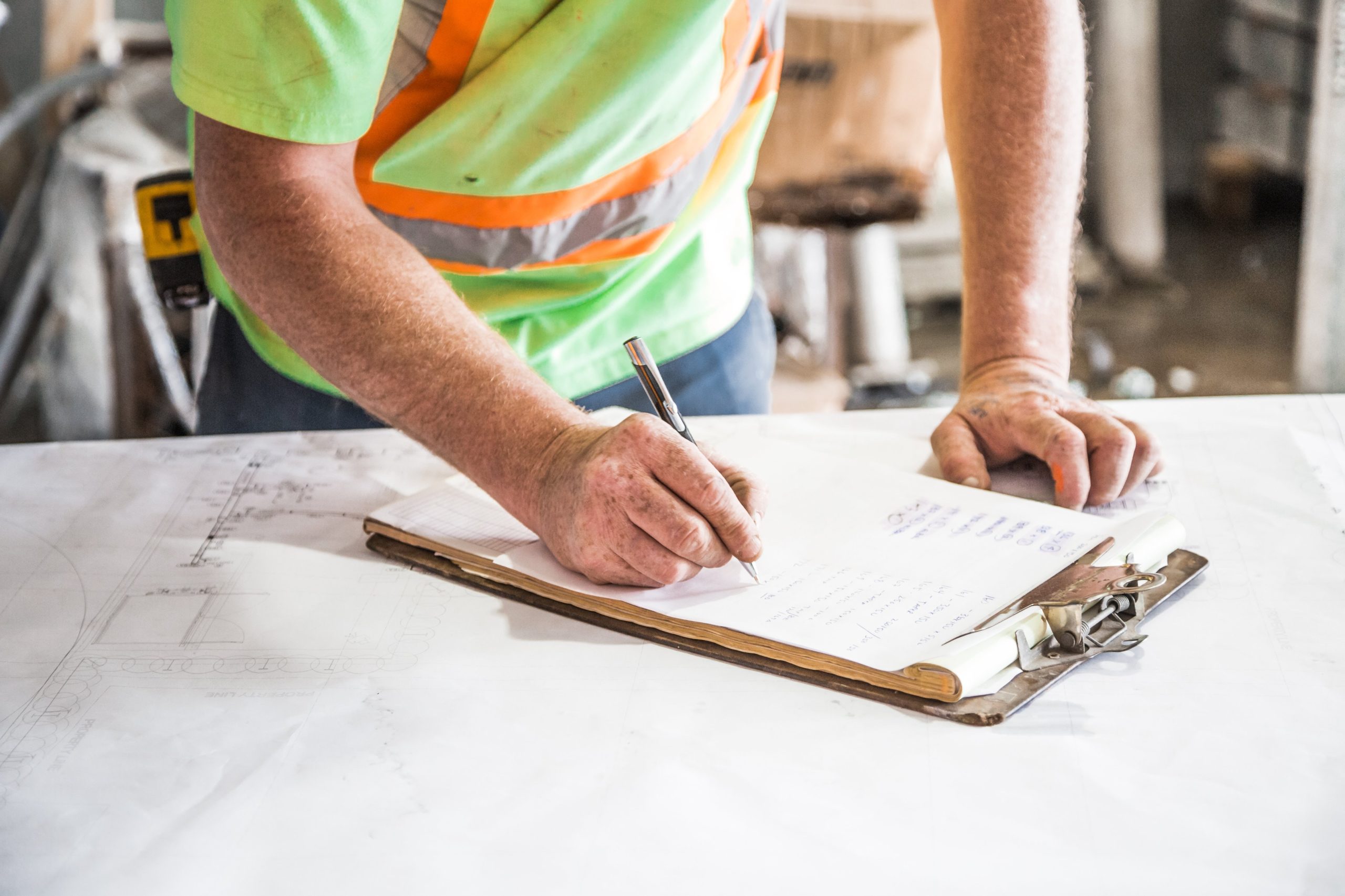Trying to adhere to the law when it comes to health and safety regulations can already be challenging. Mix in the jargon that is standard to such proceedings, and it’s all the more perplexing. What is the purpose of a method statement? Is it the same thing as safe work procedures? What about safe systems of work? You will stumble across all these terms in the process of working out your organisation’s health and safety rules and it’s important to know exactly what they mean. Confusion doesn’t just mean mixing up a couple of words in some text files; it could result in legal penalties, or worse, people getting hurt.
Method Statement
To put it plainly, a method statement is a written document that outlines how a specific job must be done to ensure the safety of the workers. A useful analogy would be that it is like a set of instructions for workers to follow, with the key element of safety in mind. You may also hear the term “safe work procedures”, which basically means the same thing, albeit it’s used in place of method statements in different regions and industries. Method statements generally follow risk assessments, hence RAMS (risk assessments and method statements). Method statements take into account all the risks that have been identified and assessed, then go into more detail as to what actions to take to mitigate those risks.
Purpose of a Method Statement
On top of providing a detailed blueprint for workers to follow and do their work safely, method statements are valuable for multiple reasons. Ensure business continuity — Being prepared for eventualities with specific controls in place prevents costly delays. Instead of having to come up with safer solutions on the spot for unforeseen events, operations can continue smoothly when people know what to do in such cases.Clarify directions — Instructions passed down from management to staff via verbal communication can lead to people forgetting or misunderstanding. Properly composed method statements make it loud and clear what needs to be done with zero room for confusion.Record actions taken — Reviewing tasks, whether it’s for providing feedback to improve procedures or identifying points of failure, can be done with accuracy when a method statement is in place. You can always refer to the document to determine if procedures were followed or if the right procedures were actually put in place.Show commitment to health and safety — A written document where stakeholders have made official decisions helps create accountability for promises toward health and safety. Staff and business partners don’t have to just take each other’s word when doing work that puts people’s lives at risk.
Key Elements of a Method Statement
Creating a method statement demands conciseness. Workers and business partners need to get all the relevant information from reading it, and they need to easily understand what needs to be done. A method statement template should have the following:
- Name of the project
- Where the operation is taking place
- When the operation is taking place, including start and end dates
- Working hours
- Who is responsible for management and supervision
- Details about the organisations involved
- Specific tasks and responsibilities
- Sequence of work to be carried out
- Instructions for relevant equipment and materials
- Necessary training and permits for workers to accomplish tasks
- Associated hazards with the operation and its location
- PPE requirements and usage instructions
- Emergency procedures
- First aid provisions
- Names of health and safety contacts
- Illustrations and diagrams necessary for project management and completion
All parties involved in the operation should be aware of the contents of the method statement.
Safe System of Work
A safe system of work (SSOW) is much like a method statement in that it is supposed to set out clear procedures for workers to follow to complete a task as safely as possible. Creating an SSOW requires a systematic examination of the hazards and risks involved in carrying out a specific task. When the examination of a task concludes that eliminating all hazards is not possible and that there will be a level of risk to manage, an SSOW becomes necessary. Unlike method statements that are not required by law, organisations are legally obligated to have an SSOW. According to the Health and Safety at Work etc Act (HSWA) 1974, employers must, ‘so far as is reasonably practicable’, provide and maintain systems of work that are practical, safe and without risks to health.
Purpose of a Safe System of Work
Having an SSOW is key to managing work circumstances where hazards cannot be completely removed. Other crucial reasons for creating an SSOW for your organisation include:Prevents cutting corners — There can be situations where workers in hazardous environments might take risks in an attempt to finish a task. SSOWs clearly demonstrate that this would be dangerous and unnecessary to complete a job efficiently. Reduce human error — SSOWs provide clear directives for workers to follow, anticipating situations that would require considered yet decisive action. It then reduces the need for workers to come up with improvised solutions and make judgement calls, which could lead to more problems.Account for special occasions — Tasks cannot always be accomplished in the most optimal conditions. For events outside routine operations, such as cleaning and maintenance, remote work, on-premise contractor activities, and emergencies, SSOWs factor in the possibilities that come with such events.Provide legal protection — Fines have seen an increase of nearly 450% since the introduction of new sentencing guidelines for workplace health and safety violations in 2016. With an SSOW, you can have greater defence against potential prosecutions when you are able to show your organisation has taken all the steps to ensure safety for your workers.
Key Elements of a Safe System of Work
A robust SSOW is designed with a specific task in mind, with all the risks and hazards associated with said task put into consideration. Comprehensiveness and clarity are to be expected. As such, there are five steps for creating an SSOW that covers all bases.
- Full Task Assessment
Examine every aspect of a task. This should include:
- What equipment and materials will be used
- Who will be performing what duties
- Where the task will be done
- How the task will be done
For every item on this list, corresponding hazards and risks should always be taken into account, such as potential machinery failures, weather conditions, and foreseeable human errors.
- Hazard Identification
With a full assessment of the task done, you can then work on identifying potential causes of harm for each element in that task. Once you know what hazards there are, measures must be then put in place to either eliminate those hazards, or reduce the risks involved if they cannot be completely removed.
- Safe Method Development
For work situations where hazards will still be present, instructions must be laid out to ensure the utmost safety is accomplished while performing the task. Managers and supervisors are responsible for defining safe methods, but it also helps to include workers who will be doing the job to give insight and practical tips based on experience.
- System Implementation
An SSOW can only be implemented properly if it is communicated clearly to workers. Ensure understanding of the system and potential risks when it is not followed with training. Regular reviews are also necessary, especially when there are revisions to account for changing conditions or unforeseen accidents.
- System Monitoring
You are not done with an SSOW after you have implemented it. You need to be constantly checking if workers find it actionable, if the procedures it lays out are still being followed, if they are actually still effective, and if any changes in circumstance require revisions to your SSOW.
Expert Method Statement and Safe System of Work Development
While method statements aren’t required by law, they still play a vital role in the development and implementation of health and safety regulations. Do take note that some organisations will ask for a method statement when performing work with your company that involves health and safety protocols. SSOWs are required by law, so they are an absolute necessity for your organisation’s health and safety compliance.



